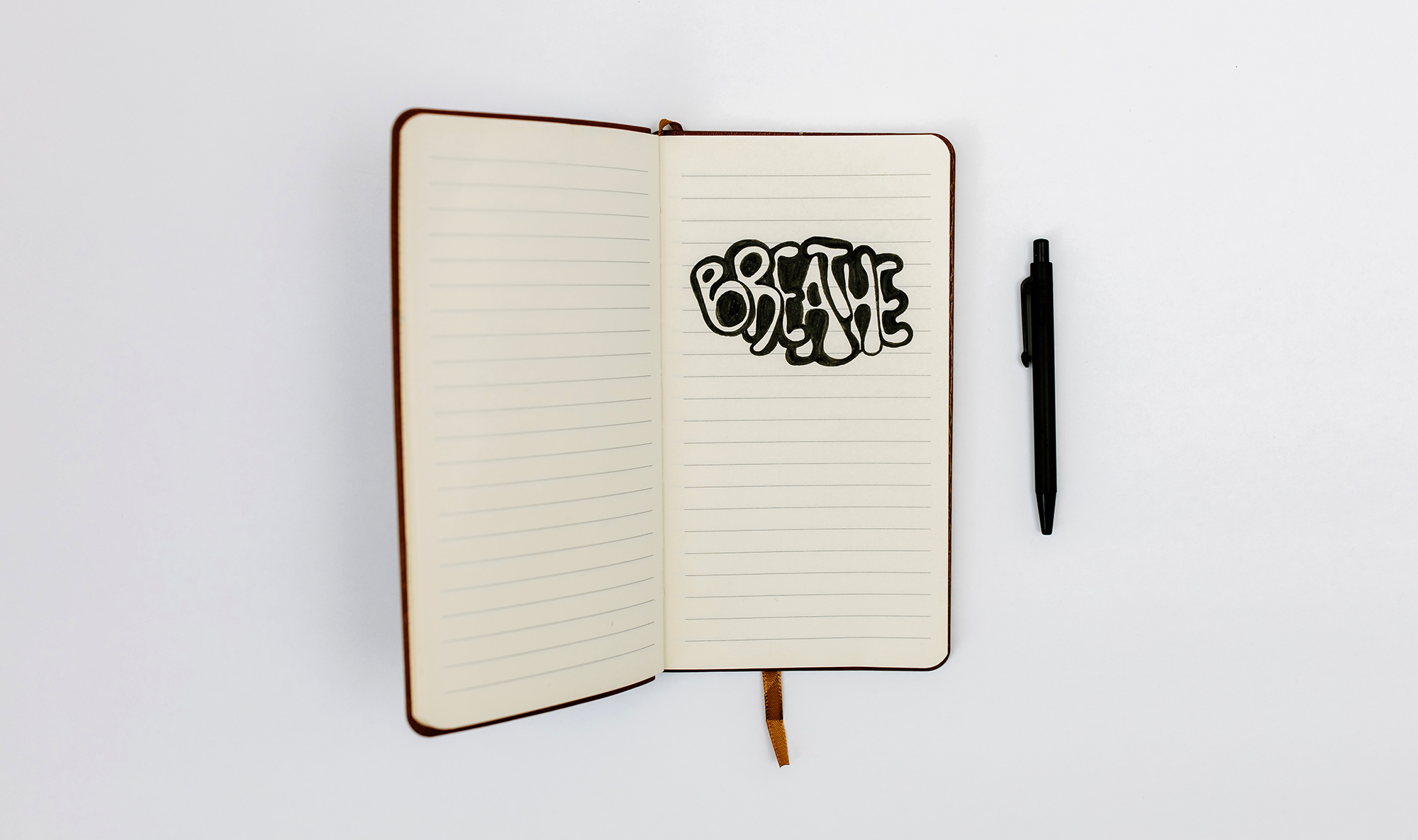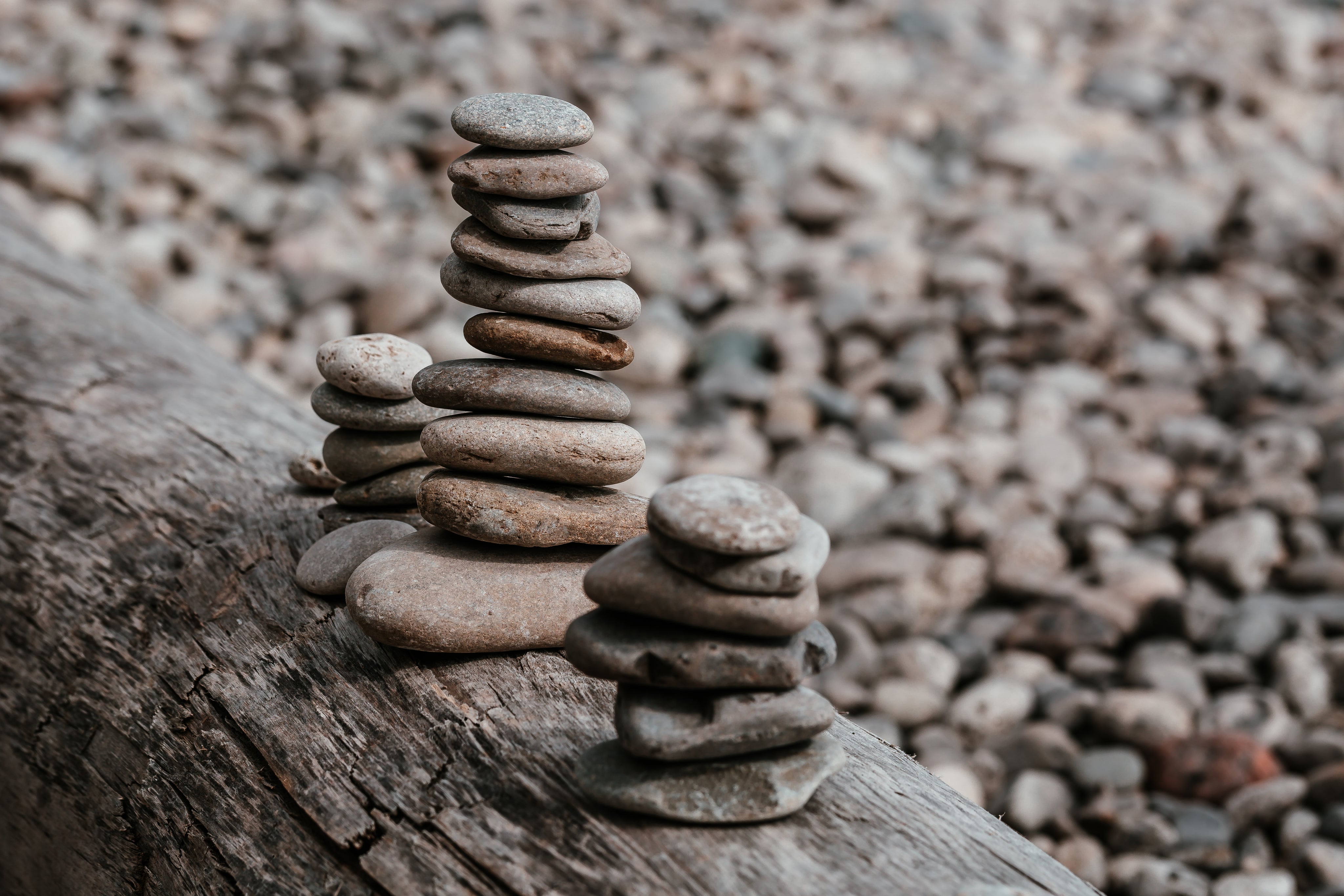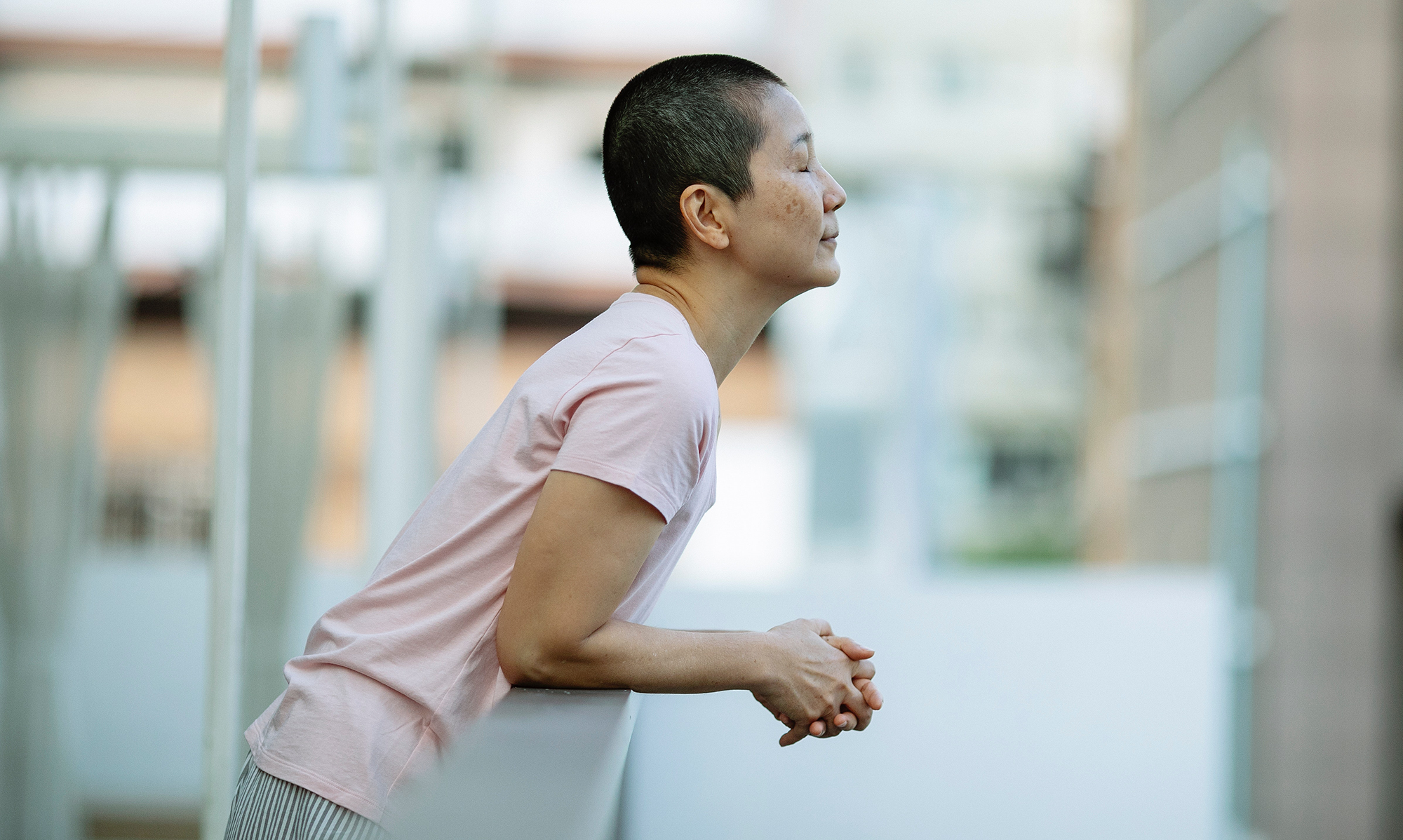Meditation Course >
LESSON ONE

I recommend you start these lessons by focussing on one each week to bring focus and clarity for each. This week, we will set into place the foundations of a meditation practice, using and reconnecting to the breath. Everyone can enjoy the benefits of breathing properly and it’s ok if you feel awkward at the start, it’s all part of the process.
Now, from the preparation download, did you prepare your space and time for meditation? Today we will try a one-minute breath meditation together. Everyone can make the time for one minute of meditation, one minute can be the start of something great - like two minutes!
This technique, is great to have in your toolbox, an instant way to de-stress and switch your focus, refresh your mindset by taking a short breathing break. When we go through difficult times, it can be hard to still our mind and find a sense of peace. Notice how that makes you feel after just one minute, write in your journal or download the worksheet and write how that made you feel. Did you feel refreshed? Was it difficult to switch your focus?
Take a deep breath — a phrase we are all too familiar with as a last resort to relieve stress and frustration. But it actually works. Deep breathing is a form of meditation, a practice that researchers say dates back several thousand years. Research shows that meditation can reduce anxiety, sharpen memory, treat symptoms of depression, promote more restful sleep, and even improve heart health, but the breath is what guides us and learning to breathe deeply again can be a great place to start.
There are thousands of forms of meditation and with them come different breathing techniques… so let’s run through three of them right now and try out a short technique you can use throughout your day, anytime, any place (not whilst driving tho!) it’s a great technique to refresh, refocus and de-stress with little breaks through the day…
But first, let’s start with your breath…
SHAMATHA (BREATHING AS IS)
Shamatha breathing is a technique centred around awareness of your breathing ‘as it i's’. It’s a common practice in mindful meditation and is often referred to as the reset breath or the breath that brings you back to the present, it’s origins in Buddhism. By simply becoming familiar with the breath as a way to connect or become familiar with all of who you are, including your innate peaceful nature (that is within all of us).
Sitting or standing, feel the weight of your body through your seat or feet on the floor. Straighten your upper body. Soften your gaze and try to gently fixate on a point on the ground in front of you. Connect to the natural cycle of your breath, feeling the rise and fall of your belly. Tune in to the breath, sensing each breath, when your mind wanders, return to the physical sensation of the breath.
KUNDALINI (DIAPHRAGM BREATHING)
In the practice of kundalini meditation, breathing centres around moving energy within the body through controlled breathing techniques, like diaphragmatic breathing. The diaphram is located at the bottom of your lungs. Breathing with your diaphragm teaches you how to use it correctly and helps strengthen it, which can be excellent in running or sports. The practice of diaphragmatic breathing is especially useful for people with chronic obstructive pulmonary disease to ease shortness of breath and to help air exit the lungs. Used in Kundalini yoga and also the essence of the Wim Hof Method - see extra reading below if you want to know more!
KUMBHAKA PRANAYAMAS (ANATARA AND BAHYA)
(Intermittent breath retention) Used a lot in yogic practice, Kumbhaka pranayamas are a type of breathing exercise that uses intermittent breath holding following inhaling or exhaling. The pause of breath holding should be shorter than the inhaling or exhaling period. Holding air in the lungs after inhaling is called Antara (inner) kumbhaka, and momentarily holding the breath following exhaling is called Bahya (outer) kumbhaka, it is very effective and studies of short breath holding was associated with a 56 percent increase in oxygen consumed! We will go more into these techniques in the lessons that follow.
Now, to begin, let’s start with one-minute breath, a simple technique that switches your focus to the breath and can be used to calm the mind and bring your awareness into the present moment.

< ONE MINUTE BREATH >
Step One: Find somewhere comfortable.
The best place to start is sitting down, if you can sit on a pillow on the floor with feet crossed and a straight back, perfect, you can also sit in your chair with a straight back, or even lying down on the floor or your bed. Some don’t like to lie down as they fall asleep, if you feel that could be you, start with sitting straight, tuck your chin slightly and close your eyes, you can even do this at your desk if need be, but taking short, focussed meditations through the day can be very effective at lowering your stress levels. You can set a one minute timer on your phone or go with the flow - sit for a few moments and don’t worry about the exact time.
Step Two: Shift your thoughts.
Begin to shift your mind focus from your thoughts or to-do list directly to you breath. You may want to begin to breathe in through your nose and out through your slightly open mouth. And follow the pattern below, you may count if you would like as that can also help to shift your focus.
Breathe in your nose for 5 seconds
Hold your breath for 5 seconds
Exhale out your mouth for 5 seconds
Practice this breath pattern for one minute a day (or more). Use it to quiet your mind, calm your energy and feel better fast. You can even play music you love and practice it as you listen.
Guess what? You’re meditating!
I would like you to try this one-minute breath practice for three days this week, three times during the day. That might be first thing in the morning, at 11 o’clock instead of a biscuit break or as you wind down your day, whenever you fit it best. You can return to it over and over, your breath is the foundation of meditation. If any of the upcoming meditations don’t resonate with you, just come back to this one.
Let me guide you on the recording below >
Take a minute with me to switch up your energy and feel the benefits quickly

Here are 3 things to keep in mind…
It’s okay to feel restless at first with meditations where you’re sitting down. You don’t have to replicate the ideal picture of a monk. If you find that causes you pain or is just uncomfortable for you, change it up - do what makes you happy and where you can be undisturbed. Plug your headphones in, close the door and switch off, we can all manage one minute. Extra Tips >
You can definitely expect random thoughts to pop into your head while you’re meditating. We’re human — it’s just how our minds work. You can just bring the focus back to the breath or my voice if you choose to follow the recording.
Finally, remember that meditation is a practice. Any discomfort or self-consciousness you feel at first will fade as you become more confident. So if the awkwardness hits, welcome it with open arms! That is where the best change begins!
Use the prompts on the worksheet to inspire you and connect to the practices you are learning this week, with reflection and self awareness comes growth.

Visualisation is my personal favourite meditation technique. It can be used in short meditations like the nature walk below to a long journey within and connection on a vastly deeper level.

Mantra Meditationis a meditation technique that quickly calms the mind and brings you into the present moment with the use of sounds and vibrations. Meditating with a mantra gives you an anchor to return to.

You are taking one step closer towards a calmer mind, being able to deal with stress much better and live mindfully with the practice of meditation and conscious awareness.